Our Kids Don't Want Them
When heirlooms lose their luster, can stories give them weight again? A tea cup collection offers containers of memories to hold onto — and to pass on.
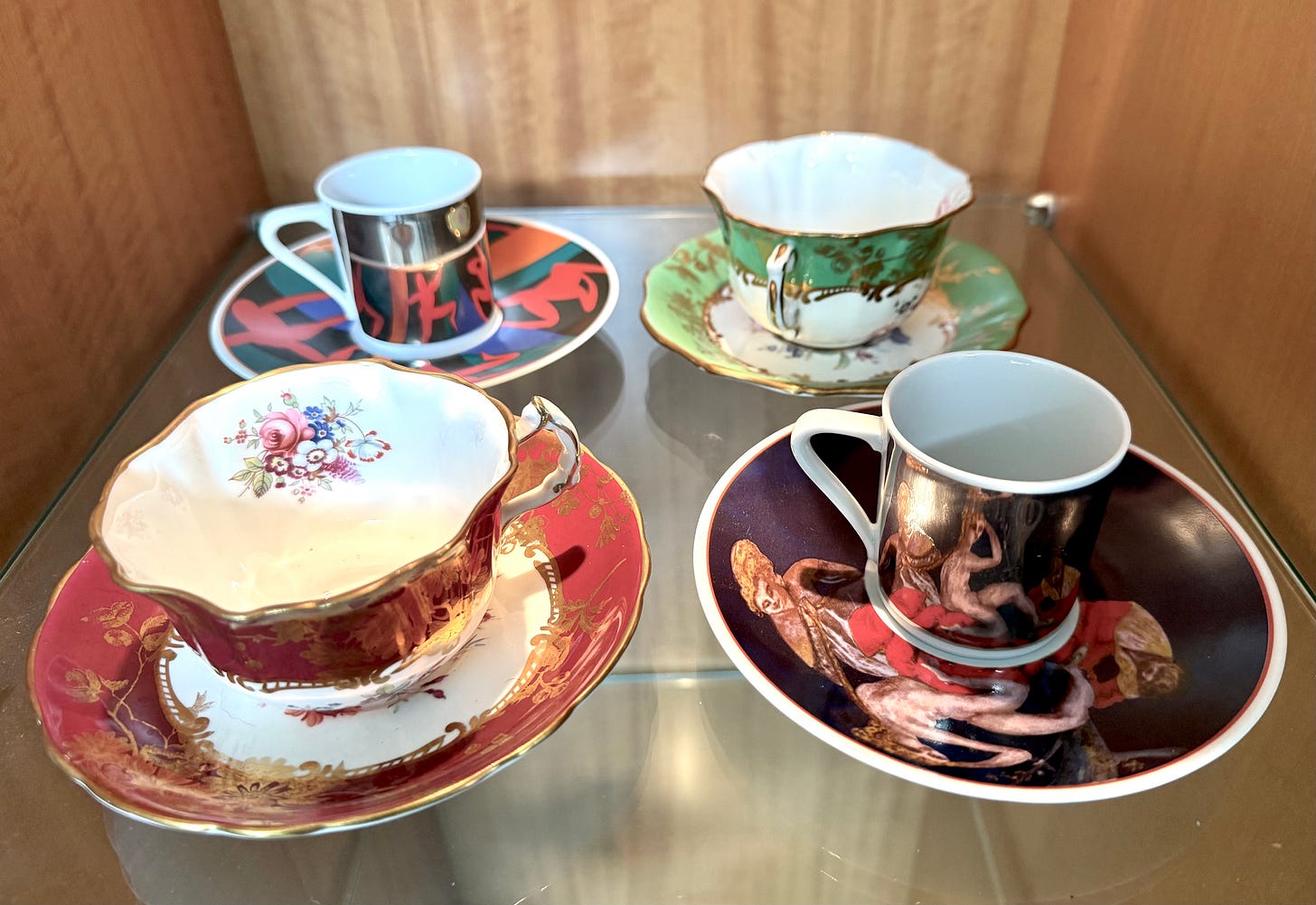
Downsizing is all the rage: Move into a smaller space, cut costs, declutter, simplify your life. Besides, a lot of what we own are things are kids don’t want. As a result, someone recently lamented that this might be the last generation that has family heirlooms. But when is today’s clutter tomorrow’s bridge to the past?
As it is, heirlooms from my mother were lost long ago to the dustpan of history.
Mom died in 1986. My sister and I were in our mid-20s and doing the apartment shuffle, she in Boston and me in New York. Our places were barely big enough to hold two seasons of clothes – let alone items from my mother. Our brother was only 19 and a sophomore in college. We split up the jewelry – and packed everything else up in boxes to store at the family house.
Perhaps out of grief, needing to be in control of something, or just ignorance, Dad tossed a lot of those boxes.
Dad was pretty broken during this time. He lost his dad, our mom, and his best friend in six awful months. He was 57. Overwhelmed, he vacillated between grief and outrage. Every task – from buying groceries to planning that first Thanksgiving, which occurred just 10 days after she passed, was a strain that manifested itself in anger. There is no sugar coating it – it was a really bad year.
The upside of that really bad period in time is that I got to know Dad’s mom -- my Nana. She buried her husband of 60-something years in the spring of ’86 – and then her daughter-in-law that fall. At 84, I thought she was going to follow Poppa into a grave. Instead, she decided, “I have three kids to raise.”
We were her life line and she was ours.
In another piece, I spoke about Nana as a 20th century trad wife; a well-to-do, educated woman who was forbidden by convention from earning a living outside the home – but who could volunteer fulltime. And she did. She spent countless hours working alongside the wealthy of Buffalo.
There is no doubt she lived a privileged life. She raised three children with fulltime help. A 1940s census refers to a domestic servant named “Cecile” living with them. I never knew of a Cecile growing up, although I do recall a cleaning lady named Ada. But that doesn’t come close to telling the other side of her story, a Neapolitan woman married to a Sicilian man. She viewed herself as the matriarch.
Barely five feet tall in her stockinged feet, she had an ample figure that made it hard for her to crawl out of deep sofas without help. She blamed the excess weight on taste-testing the enormous amounts of food she cooked, which might be true, because I barely remember her ever sitting down at the table with all of us. She was a conveyor belt of deliciousness: salad, artichokes, vegetables, lasagna, meat, removing each dish as it emptied.
Nana wasn’t the warm and cuddly type. She could be impatient, and was easily exasperated by childhood antics and clutter. In her living room, she had a curio cabinet with porcelain miniatures and tea cups. They were under lock and key. I could stare – but never touch.
Born in the U.S., my grandparent always spoke English – until my grandmother yelled stunato – then a flurry of dialect between the two of them ensued. She moved with purpose, and whenever out of the house, was always in a dress, heels, a hat, and gloves.
While I remember her as being in perpetual motion, there was a still side of her that I only saw glimpses of. She was an artist. Using oils and a palette knife, she painted landscapes, seascapes, winter-scapes. Haunting pieces. She also used her skills to paint on fabrics, tea trays, and furniture; typically, flowers, roses, sweet peas, and vines. She closed up her studio for good when she downsized and moved onto the next street from us in the ‘70s. I have no work of hers to show you. Every piece was discarded.
[UPDATE: My sister informed me she has one of Nana’s paintings — when I get a photograph I will include it]
After Mom died, my relationship with Nana changed. I wasn’t just a granddaughter, we became friends, speaking nearly every Sunday - about any and all subjects. She shared that the Mayor of Buffalo was from her old neighborhood, and mentioned she would like to meet him. For her birthday, we surprised her with a trip to the mayor’s office. It sounds silly, but she was excited. When Tim and I visited Buffalo, she had a tray of lasagna ready for us.
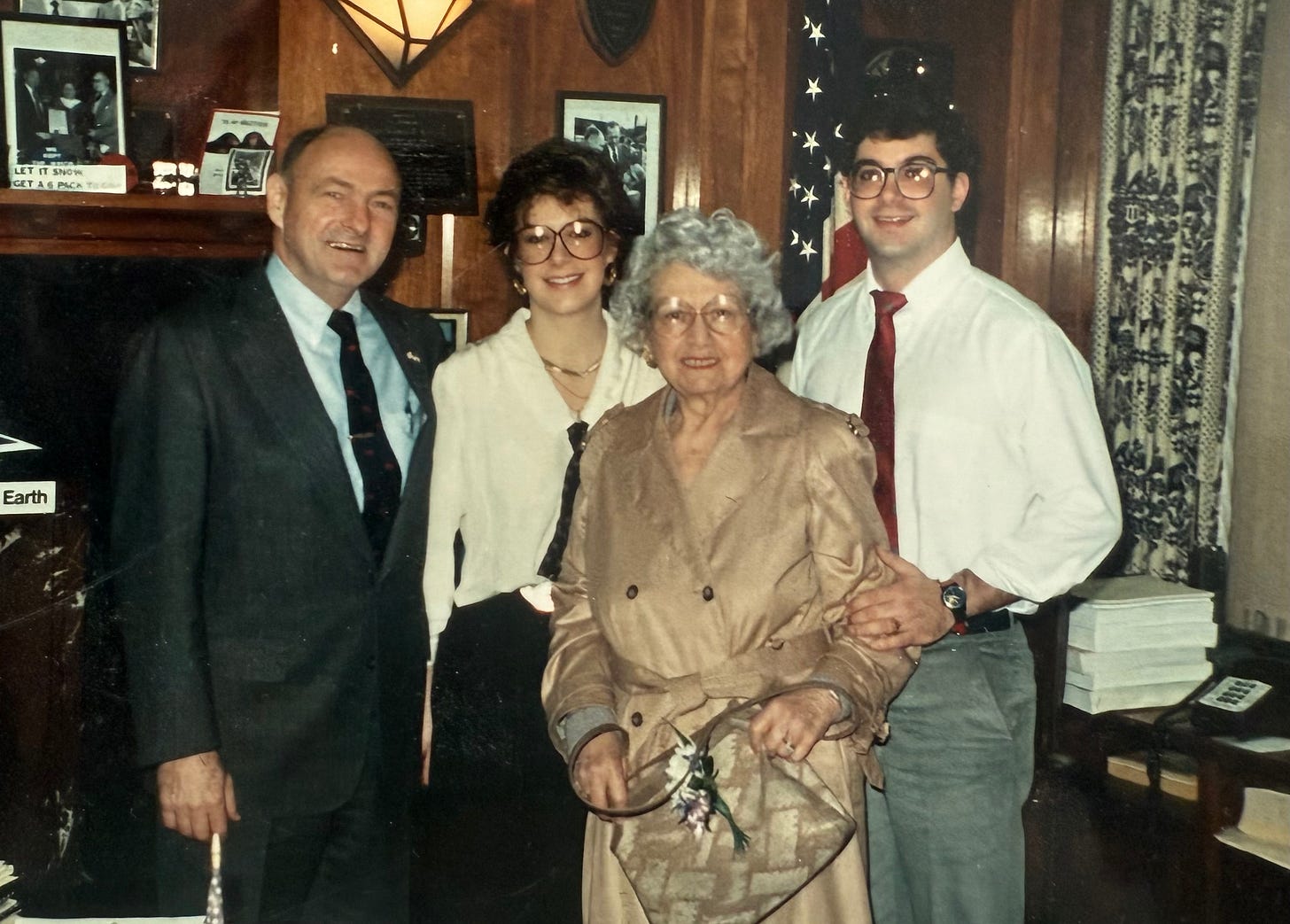
When Nana passed in 1992, my aunt emptied her house. She must have asked Dad if he wanted anything. Dad decided that something from the past was now important: His mother’s tea cups.
When he passed, my siblings and I cleaned out the downsized remains of his life. On his modern etagere, behind the framed pictures of us and our children, were some of Nana’s tea cups. We looked at each other – and I shrugged that I’d take them. I wrapped up each cup and saucer in paper towels, and stashed them into a 6-compartment bottle bag that Wegman’s wine store provides. The bag made it back to New Jersey and into a closet, where it has sat for the last three years.
Motivated by something said by
, , – or one of the many genealogists and family historians I follow on Substack, I dug into that bag last weekend to study the mismatched patterns. What did they mean to Nana?Unlike my collection of mugs that screams favorite sports teams, or provides an archeological accounting of where we worked, these were dainty pieces of bone china. Fine bone china, a website would say. Her penchant for art is likely what drew her to art deco collections and hand-painted pieces.
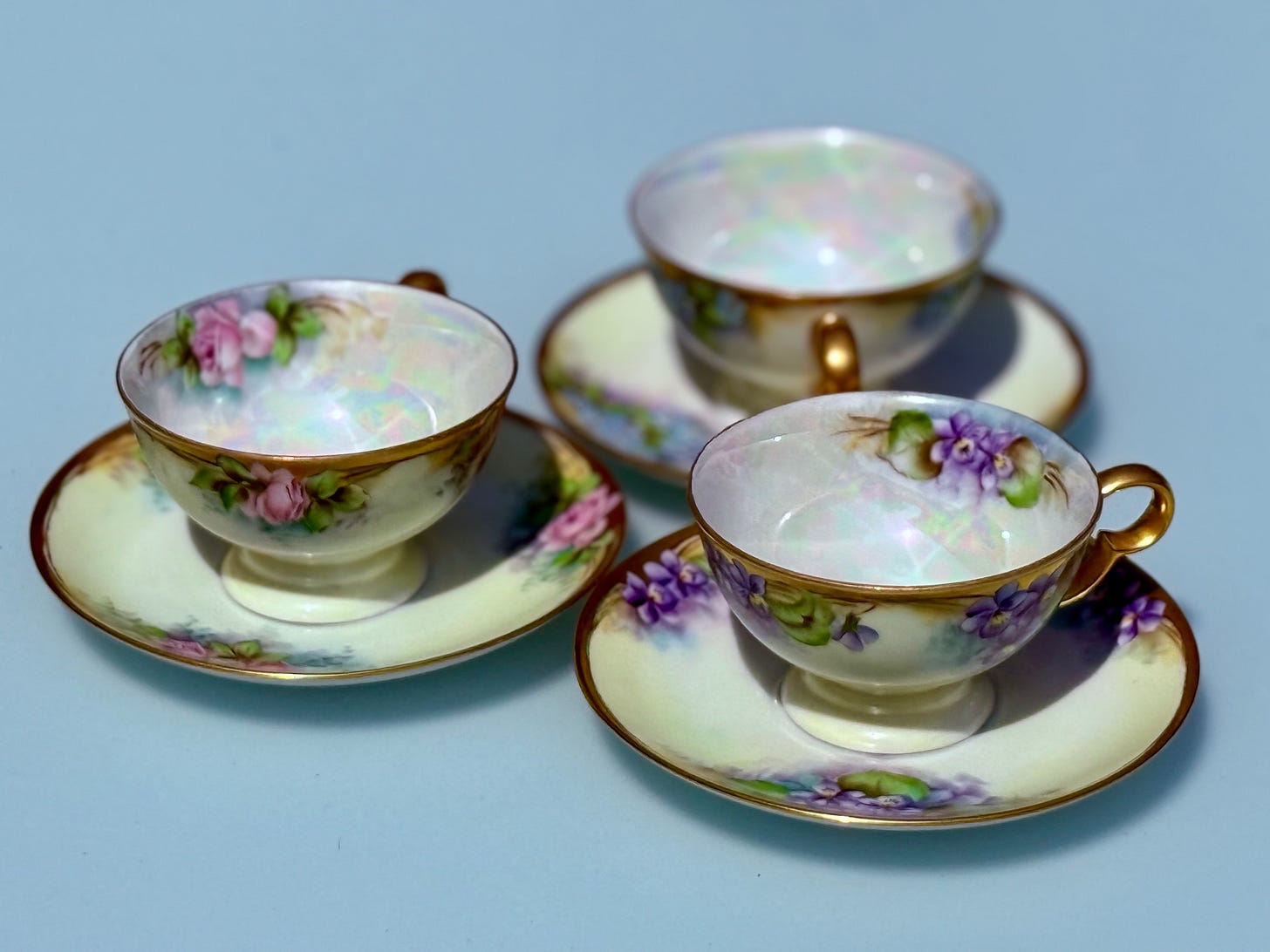
As I study them now – I wonder about the tea that was spilled over these delicate cups that date back almost 100 years. I can envision the manicured nails on the fingers that clasped the handles. The most polished of society. With salon coifs under stylish hats. Pearls of course. Volunteers, philanthropists, presidents of the guild, the auxiliary. I’m certain they took dainty sips as they discussed an upcoming fundraiser or someone’s engagement. Did she have a favorite cup that she always used? Did she let her guests choose first? I study them all and decide the Hammersley in red is my favorite.
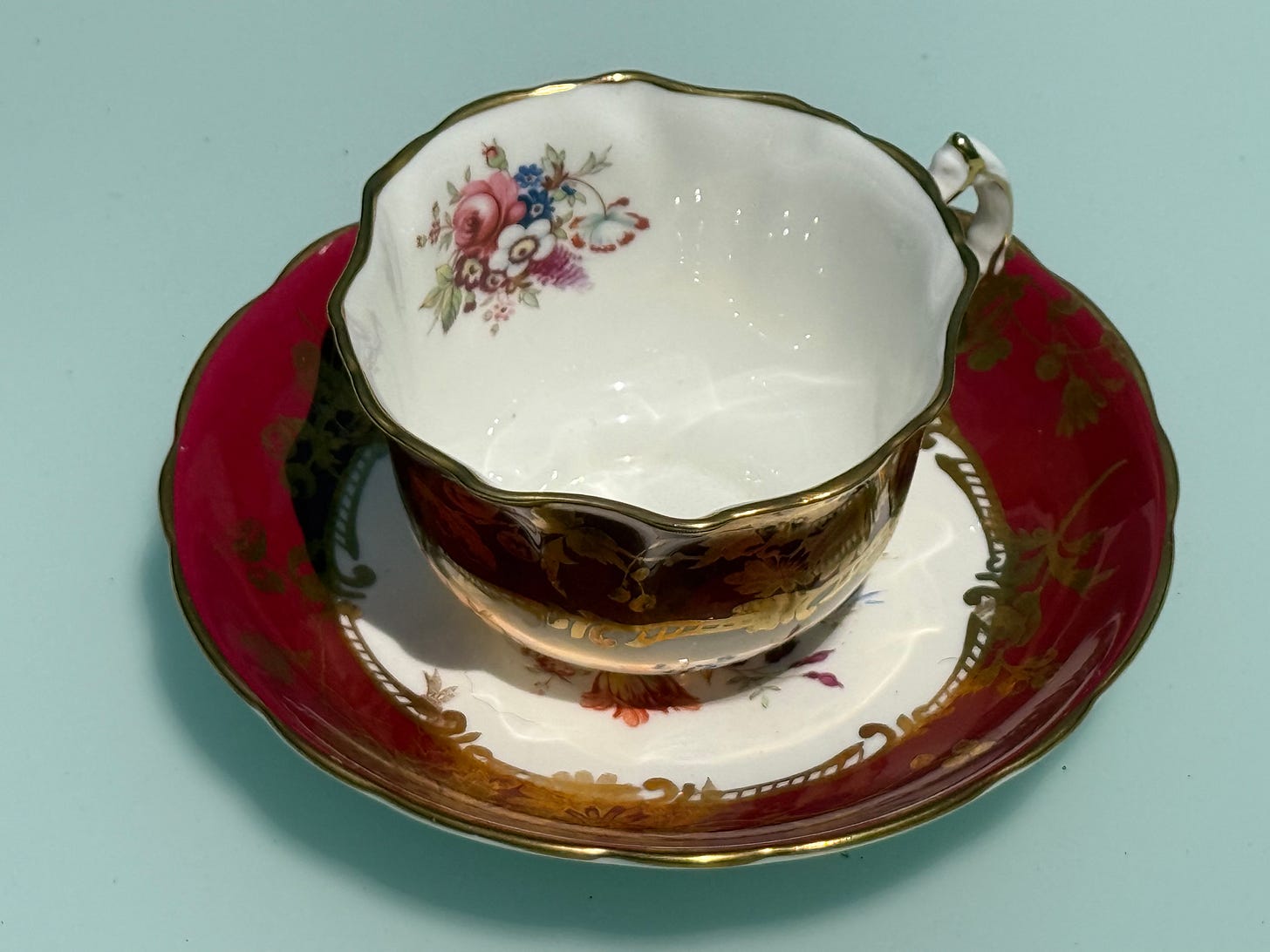
In my modern house, these cups are out of place, but I don’t want to relegate them to being stashed in a closet. They are as much a container for a story as they were for a liquid. They will be perfect for serving decaf at an intimate gathering. And they will allow me to tell an abridged version of Nana’s story – and her commitment to purpose and love of art.
And who knows, maybe that is what an heirloom really is. It’s not the item - it’s the story that connects not just to an artifact, but to the being that helps define us today. When I set the table with these porcelain cups — I am making a space for Nana.
If you enjoyed this piece, may I ask a favor? Could you share with a friend or on your social feed? That’s how new readers find my work and what keeps me motivated to keep writing! Thank you!
Heirlooms in the Making
As I time travel to the past, I think about the future. What is it my children – or their children may want someday? They don’t want junk. And they want to make their own statements with furnishings and accessories. I don’t want to impose.
Yet they might make space for artifacts if they understand their meaning to me. Some items were made by friends, some I collected while traveling. There are stories for each — known only by me. But what if I change that? What if I write down those tales, and affix them to the back of each item? Would they make space for that item - if they knew how the story related to me?
Selections of More Family Lore
Books I Am Reading
Stephen King’s Elevation cleanses the palette of all the ugliness of the world. Not his usual horror – but with his signature other worldliness – the book is uplifting. It is a very quick read - only about 100 pages. I loved it.
I heard Eleanor Henderson read a chapter from her memoir, Everything I Have Is Yours: A Marriage, and I had have the book to find out the mystery ailment that tested her love. I’m about a third of the way through. And she holds nothing back.



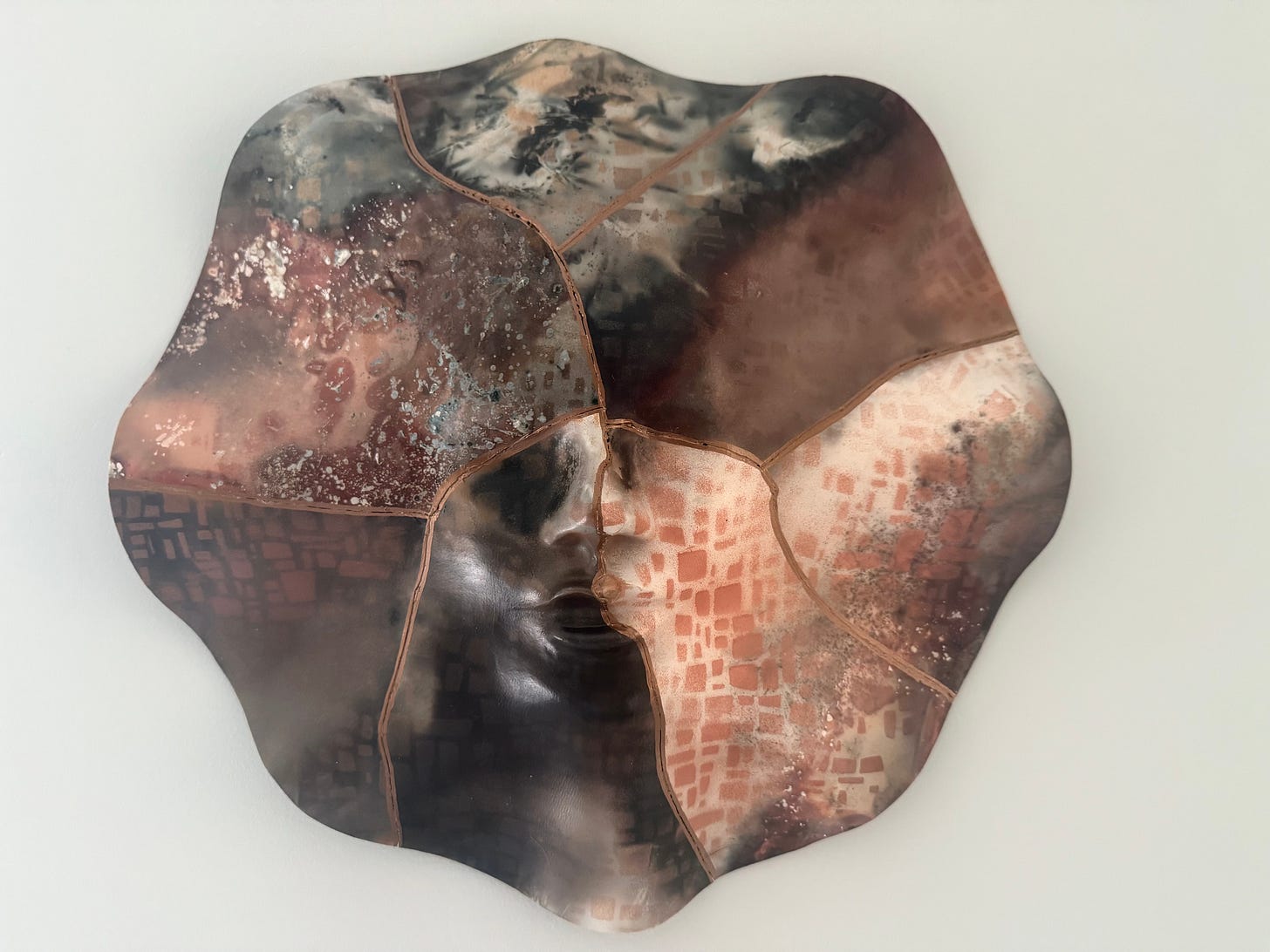

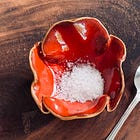

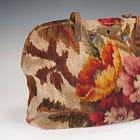
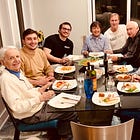
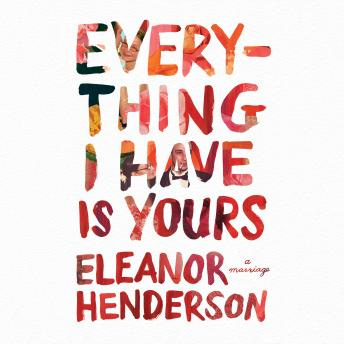
What a familiar story for me and for a lot of us, I suspect. I’ve mentioned before, I am our family’s keeper, so spend way too much time thinking about keepsakes and trying to make them relevant to the next generations.
I don’t have the answers, but I do know how my grandma made those same family artifacts relevant to me. She put candy in antique goblets, she let me sit with her as she went thru her jewelry box, she taught me to drink out of the tea cups and let me page thru the old bibles in a language I didn’t recognize.
And so that’s what I do. That’s what I’ve always done. We’ll see how it works, I guess.
This resonates so much with me. I have many heirlooms from my mother and her mother. Dad and his family. They were precious to them as they are to me. What will my kids do with them. Important stuff that has a story, I’ve written about and created a QR code and attached to the item. Plus a printout in a file. It might work for them it might not. I guess I won’t be around to see it.
Love the voice over. I’d like to try that. Was it created on Substack or elsewhere?